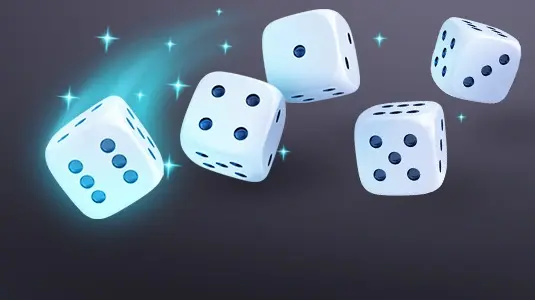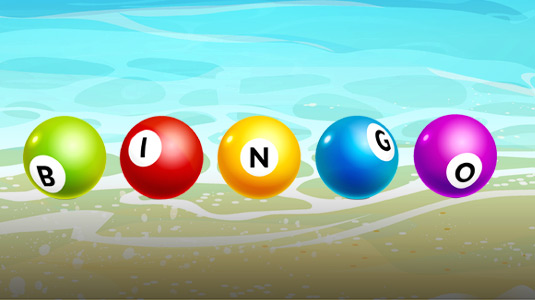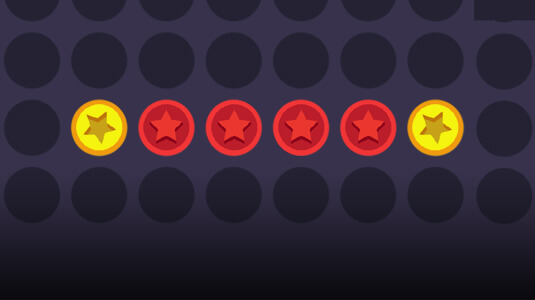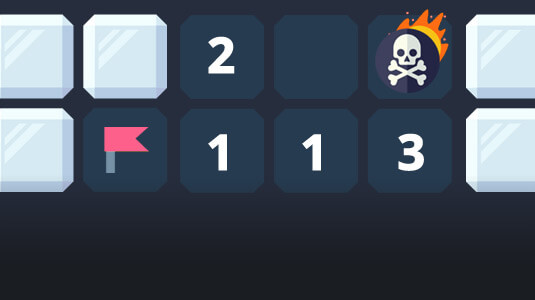Play Backgammon online with friends for free
Getting Started
Each player rolls one die at the same time to begin the game. High roller moves first.
Each player in turn rolls two dice, then moves their checkers according to the dice rolls.
One checker is moved the exact amount showing on one die, then another checker, or the checker that just moved, is moved the exact amount on the other die.
To move a checker, simply tap on one that's highlighted in blue and the game will move it to the available point.
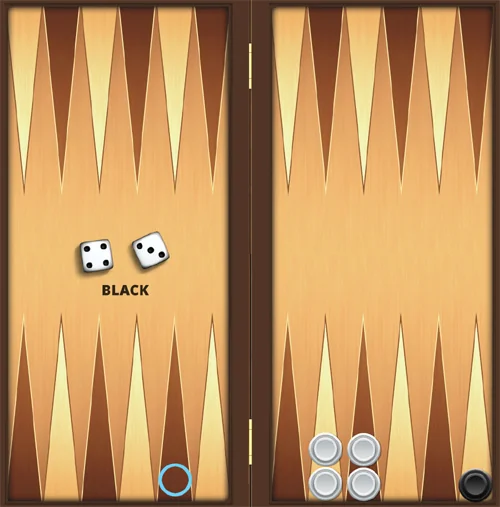
Rolling Doubles
If doubles are rolled, 2x the usual number of moves are taken. For example, when rolling a pair of 3s, you get to make four moves (of 3 spaces each) instead of two moves.
The four moves may be divided up among any number of checkers, or may all be made by a single checker.
Piece Movement
Black's checkers move clockwise, White's move counterclockwise. Checkers must always move the full amount shown on a die except when bearing off (see Endgame).
A checker may pass over occupied points without restriction, and it may end its move on an empty space, a space occupied by other checkers of the same color, or a space occupied by a single opposing checker, which is then sent to the Bar (see Blots & Bars).
A checker may not, however, end its move on a point occupied by two or more opposing checkers.
Doubling Cube
The black Doubling Cube is first placed in the middle of the board and has faces showing the numbers 2, 4, 8, 16, 32, and 64.
At any point during the game, a player who is about to roll the dice may tap on the Doubling Cube to offer it to the opponent.
The opponent must then decide whether to Pass, thereby conceding the score point, or Accept - agreeing to continue playing for 2x the stakes. A player who accepts a double gains control, or possession, of the cube.
At any point in the game, just before rolling, the player who owns the cube may propose a redoubling of the stakes by turning it to the next higher number and offering it to the opponent, who may pass (losing the current value of the cube) or accept (agreeing to the new stakes and gaining control of the cube).
Top Ranked Winners
Can I play online?
Yes. Install the Plato app on iOS, Android, or macOS to play the full catalog with friends or matchmade opponents. You can also play Ocho online in your web browser — no install needed.
Can I play with friends?
Yep. Tap Create Private Game, then share the invite link or invite from your contacts. When they tap Accept, they're seated at your table.
Is it free?
Yes — free to play and ad-free. If you buy something, it's for looks (themes, profile flair), not power.
Is it fair?
Shuffles, deals, dice, and timers run on Plato servers, not your device. Everyone plays by the same rules and no one can peek at hidden information.
Is it safe?
You can block and report from profiles or chat. Public spaces use filters and human review. Some rooms use Chat Pass to deter spam, and privacy controls let you limit who sees you online.
Live vs. turn-based: what’s the difference?
Both are turn-taking; the difference is the clock. Live uses short timers for quick back-and-forth. Turn-based gives you longer — often up to 24 hours per move in games like Chess — so you can play at your pace.
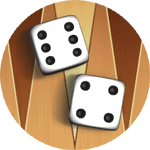 Backgammon
Backgammon
